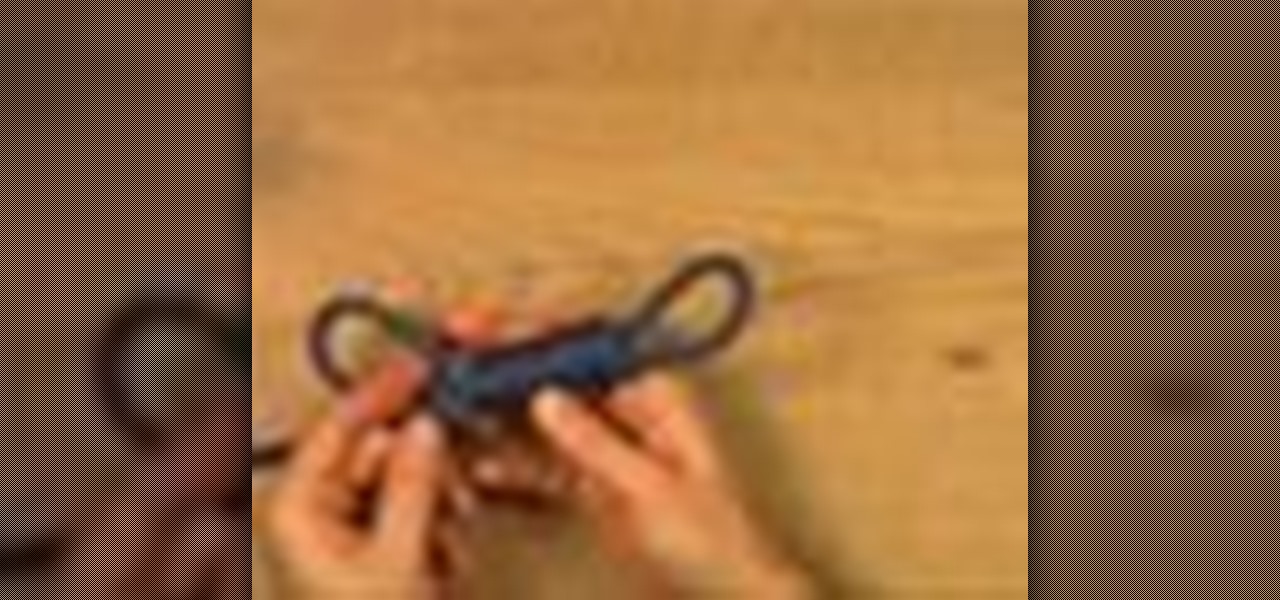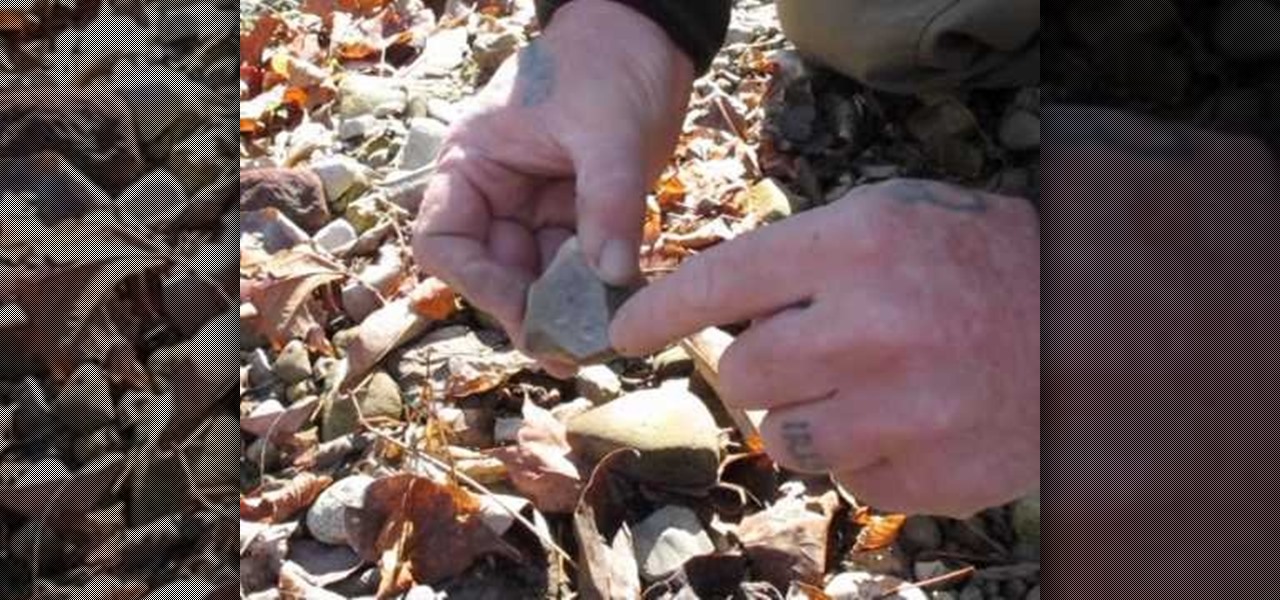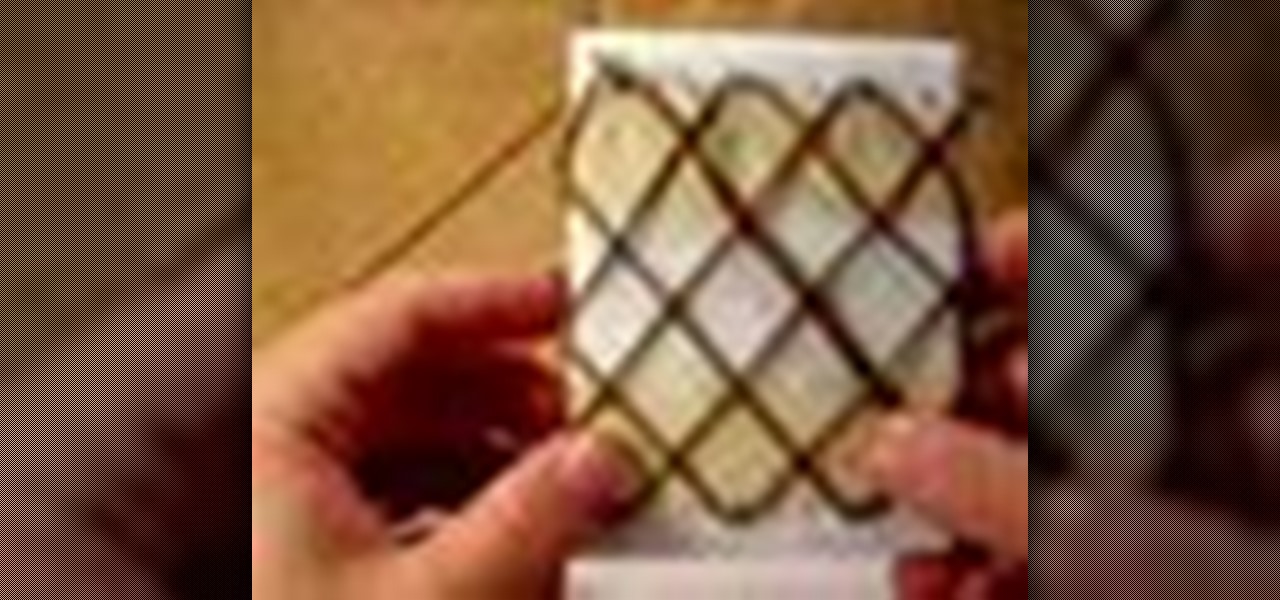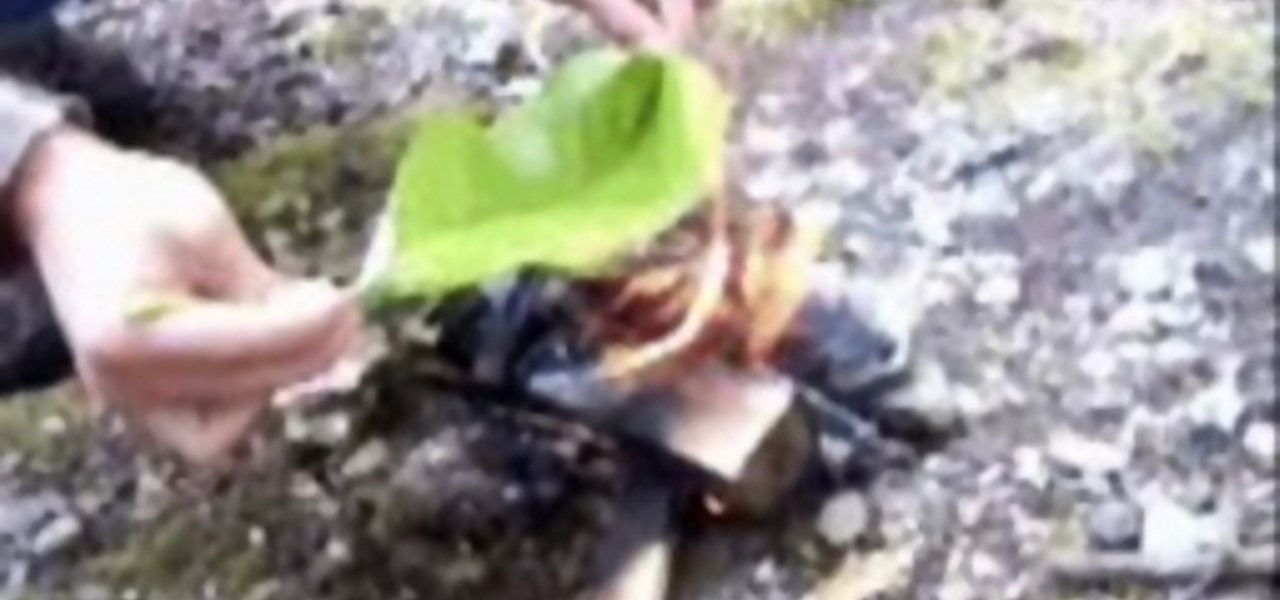Hot Disaster Preparation Posts

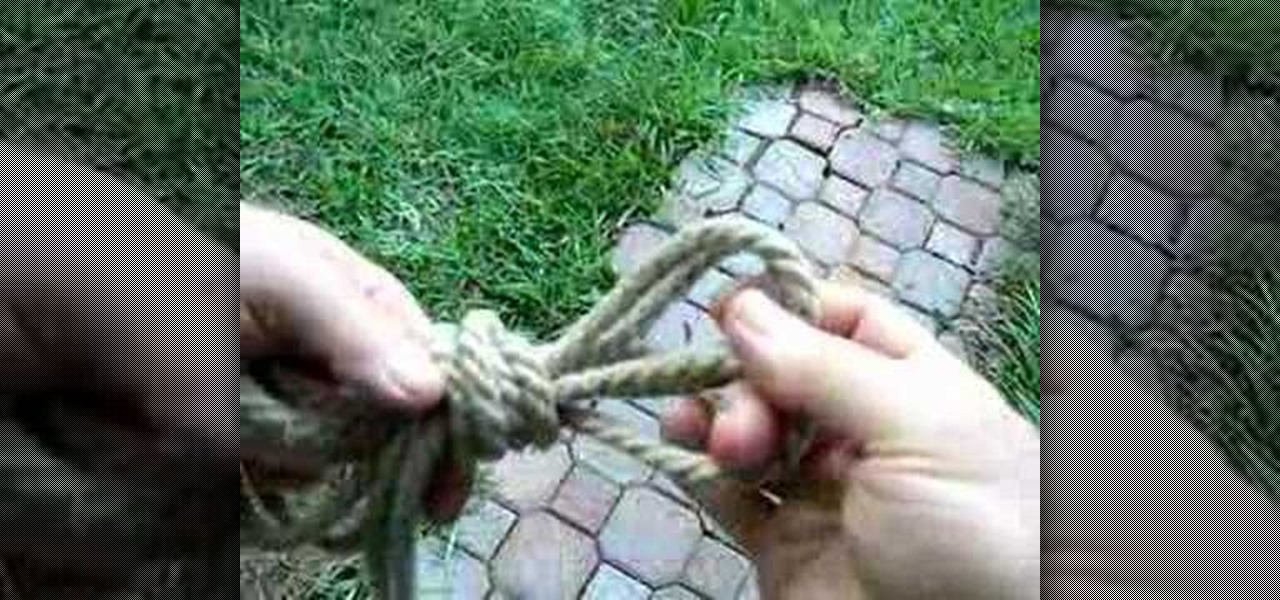
How To: Arrange a TexasHojo lashing
Check out this instructional lashing video that demonstrates another method of lashing a couple of poles together combining the Hojo jutsu version of the Texas handcuff, known as the Texas Hojo. You'll notice that you have double the strength of your lashing. Learn how to arrange a TexasHojo lashing with this lashing tutorial video.

How To: Unroll a tamale piece of rope
Check out this instructional video that demonstrates how to unroll a 25 foot piece of rope known as the Tamale. The tamale rolls out using Jacks 3 strand hemp. The Tamale was designed to hold long bundles of leather for whip braiding. It is useful for bundling larger diameter rope for use in hojojutsu or shipboard. Learn how to unroll the tamale with this tutorial video.

How To: Tie the fool's cuff knot
Check out this instructional knot tying video that demonstrates how to tie the Fool's Cuff knot. This is an attachment cuff for a winch that spreads the weight evenly and does not tighten up. This knot is useful for attaching towing gear or blocks to the winches. Learn how to tie the Fool's Cuff knot with this tuturial video.
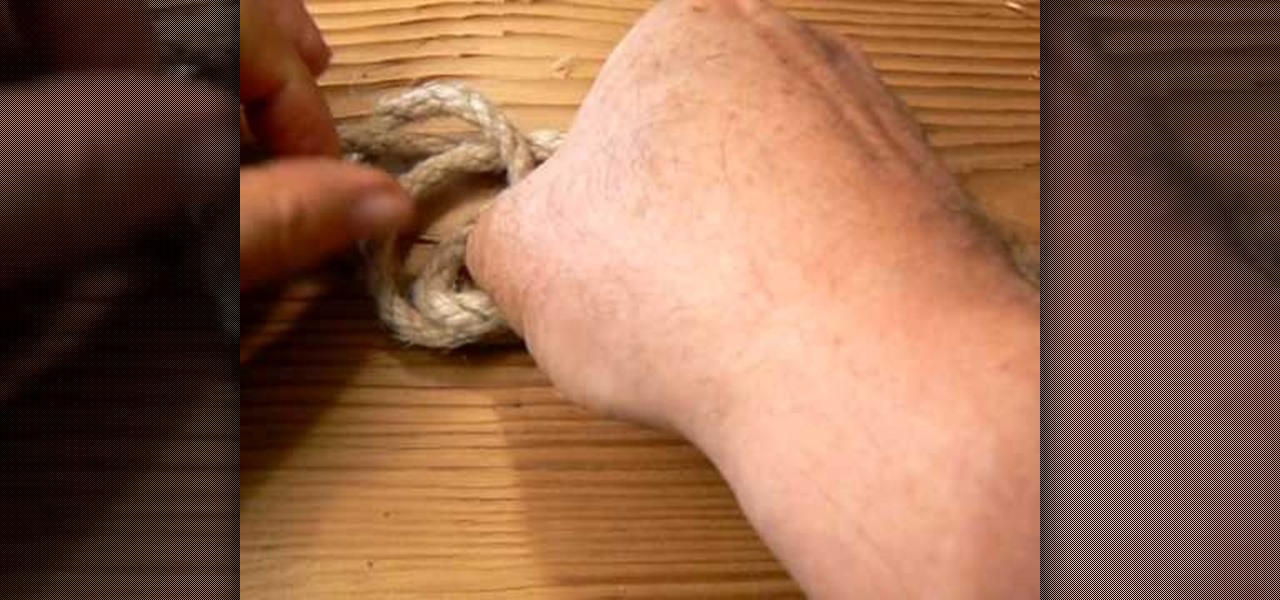
How To: Tie the sheepshank knot
Check out this instructional knot tying video that demonstrates how to tie the sheepshank knot. This type of knot is shortened to "tie out" a damaged section of rope or shorten a rope that has specialized ends. Learn how to tie the sheepshank knot with this video tutorial.

How To: Build a shelter in the Savannah
Check out this instructional safety video that demonstrates how to build a shelter in the Savannah. Rock walls, leaf roofs, and elephant dung mattresses might not make for the most ideal lodging, but they will protect you from the elements, and that is what really matters in the African Savannah. Check out this safety tutorial video and learn how to build a shelter in the Savannah. Build a shelter in the Savannah.

How To: Survive a snake bite
Check out this instructional safety video to learn how survive a snake bite. Snakes are not uncommon in the continental United States. There is no region in the country where you'll be completely free from a venomous bite. When a snake bites out of hunger, it releases venom through glades in its teeth. But when a person disturbs a poisonous snake, it will attack with a dry bite, in which venom is not released. Watch this tutorial to learn all about surviving a snake bite. Survive a snake bite.
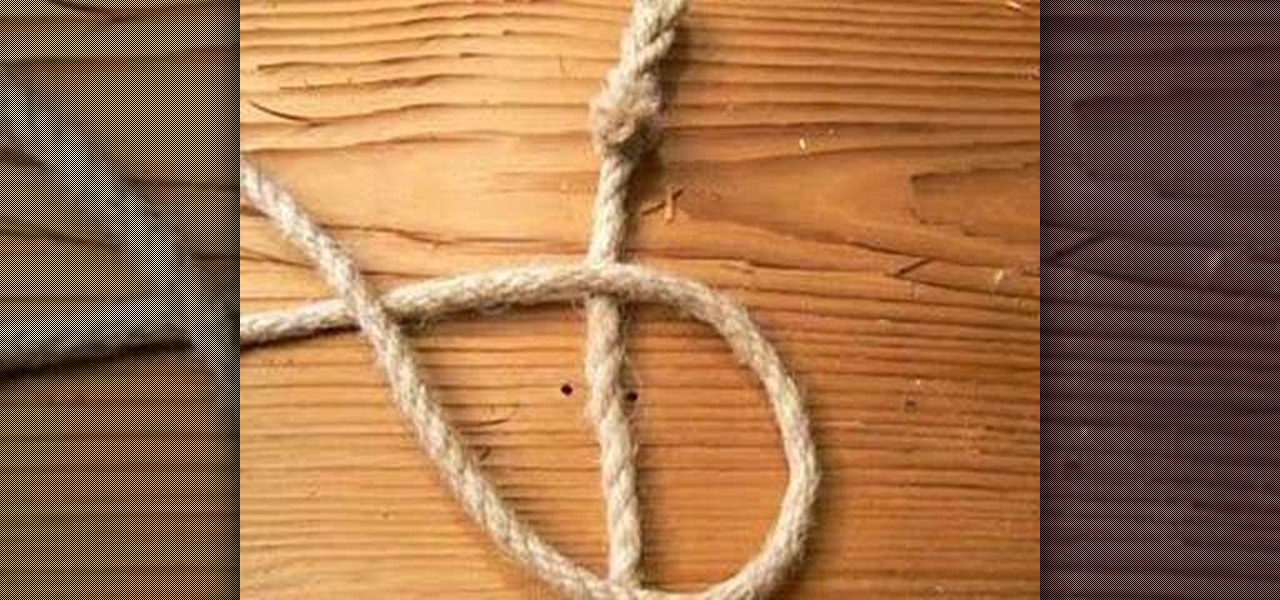
How To: Tie a carrick bend knot
A bend knot joins two ropes or lines. The carrack or carrick bend is generally used on large diameter lines of the same size. Watch this video knot-tying tutorial and learn how to tie a carrick bend knot.

How To: Tie a square knot
Probably the first knot anyone ever learns after the granny and shoe tie, the square or reef knot is used to reef the sail but is prone to spill if asymmetrical force is applied to it. The square knot is also useful in that it forms it's own handle when the knot is completed. Watch this video knot-tying tutorial and learn how to tie a square knot.
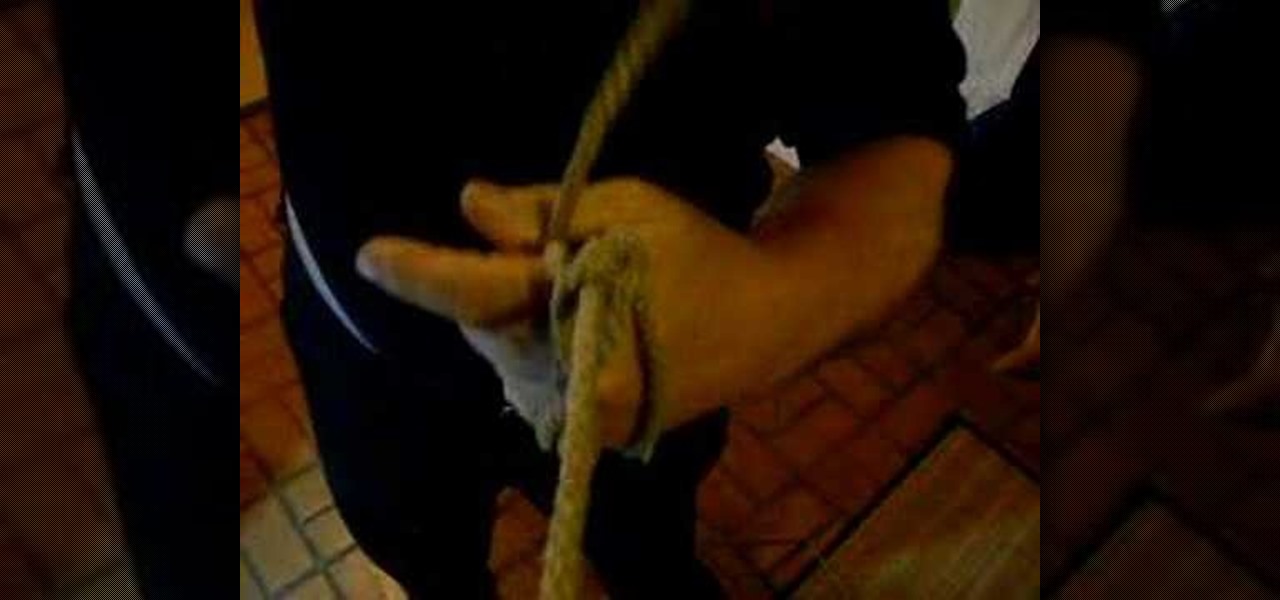
How To: Tie a tamale knot
The Tamale was designed to hold long bundles of leather for whip braiding. It is useful for bundling larger diameter rope for use in hojojutsu or shipboard. Difficult and time consuming but it does work on lengths up to 5 fathoms. Watch this video knot-tying tutorial and learn how to tie a tamale knot.

How To: Tie a tarbuck knot
The tarbuck knot is a non-jamming knot, great for when the rope will be bearing a heavy load, and shocked with sudden weight. Form the loop around the winch then make a serises of turns around the standing part in a clockwise direction. Bring the running end down to the base of the runs and make another clockwise turn finishing off with a figure eight through the exiting strand from the top turn. Watch this video knot-tying tutorial and learn how to tie a tarbuck knot.

How To: Tie a bowline on the bight knot
The bowline on the bight knot, demonstrated in this how-to video, is tied by doubling the line. Create a clockwise eye then thread the bight through the loop and bend the bight back over the loop. Work the knot by pulling the standing part. Watch this video knot-tying tutorial and learn how to tie a bowline on the bight knot.
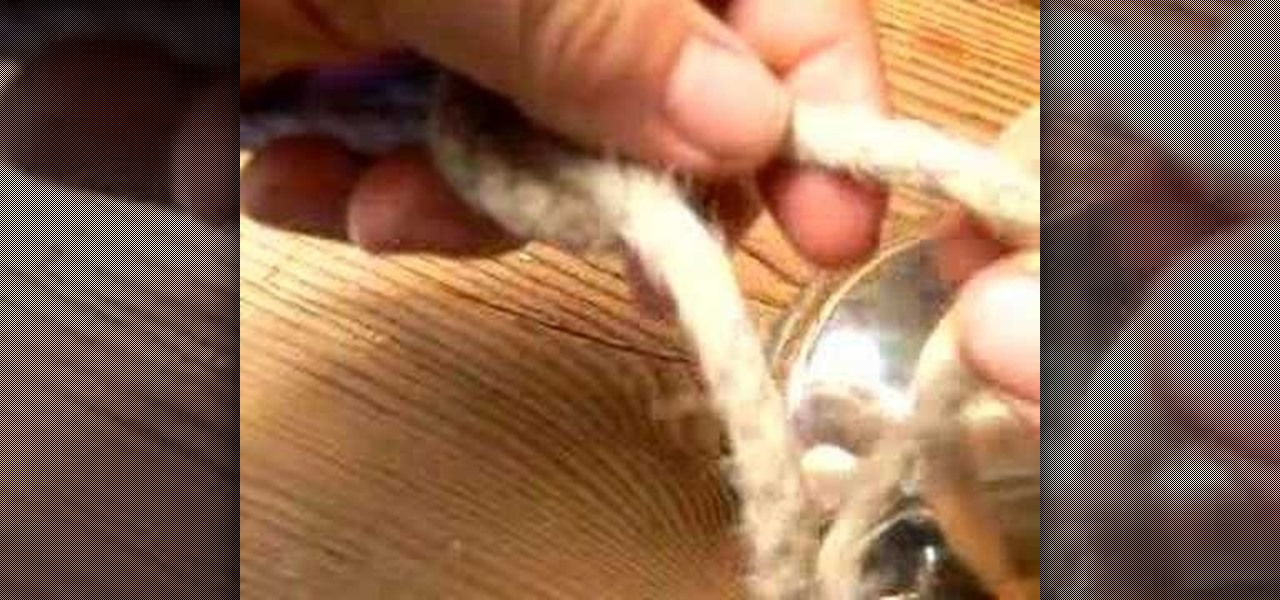
How To: Tie a tensioning knot
The tensioning knot, demonstrated in this how-to video, is a useful way to tie the strands of my whips to the rope machine. It is also useful anytime that quick tension is needed and a truckers hitch is too much or the distance is too short. Tie a noose in the line and snug it up then a slippery half hitch locks it in place. Watch this video knot-tying tutorial and learn how to tie a tensioning knot.
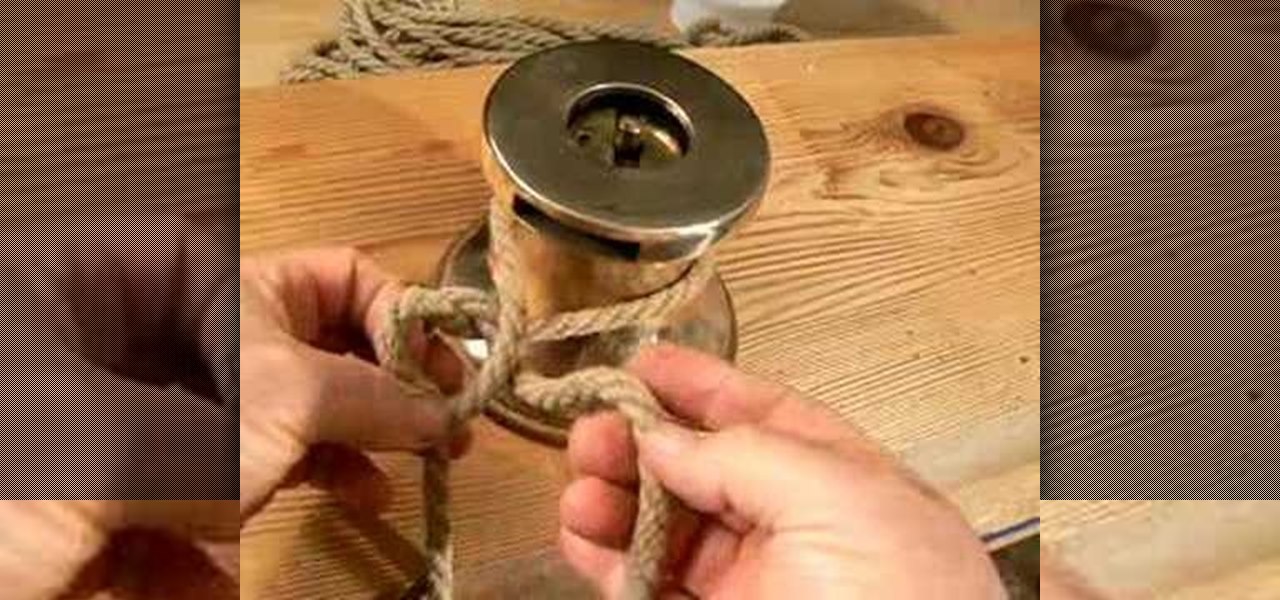
How To: Tie a highwayman's hitch knot variant
Hitches are knots that are relatively adjustable, so they're not usually used for intense securing. The highwayman's hitch, as demonstrated in this how-to video, comes untied very quickly and easily by pulling on the release loop. Watch this video knot-tying tutorial and learn how to tie a variant of the highwayman's hitch knot.
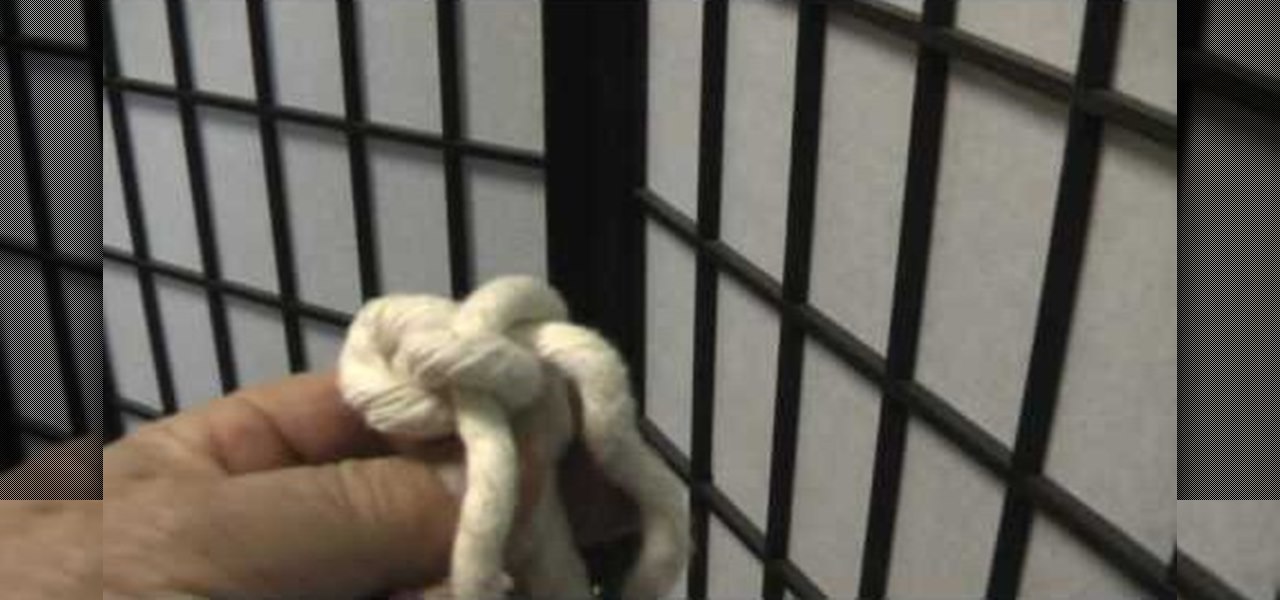
How To: Finish of the end of a rope with back braiding
Back braiding, as demonstrated in this how-to video, is used instead of a whipping to hold the strands at the end of a rope together. Back braiding is the simple process of braiding the loose strands of a piece of rope. Watch this video tutorial and learn how to back braid a rope.

How To: Tie a version of the pegged bowline knot
Check out this video to learn how to tie another version of the pegged bowline. In this case, the running end of the rope is run around behind the standing part as though it were going to be finished in the usual manner, but is instead pegged on the loop. Watch this video knot tying tutorial and learn how to tie a version of the pegged bowline knot.
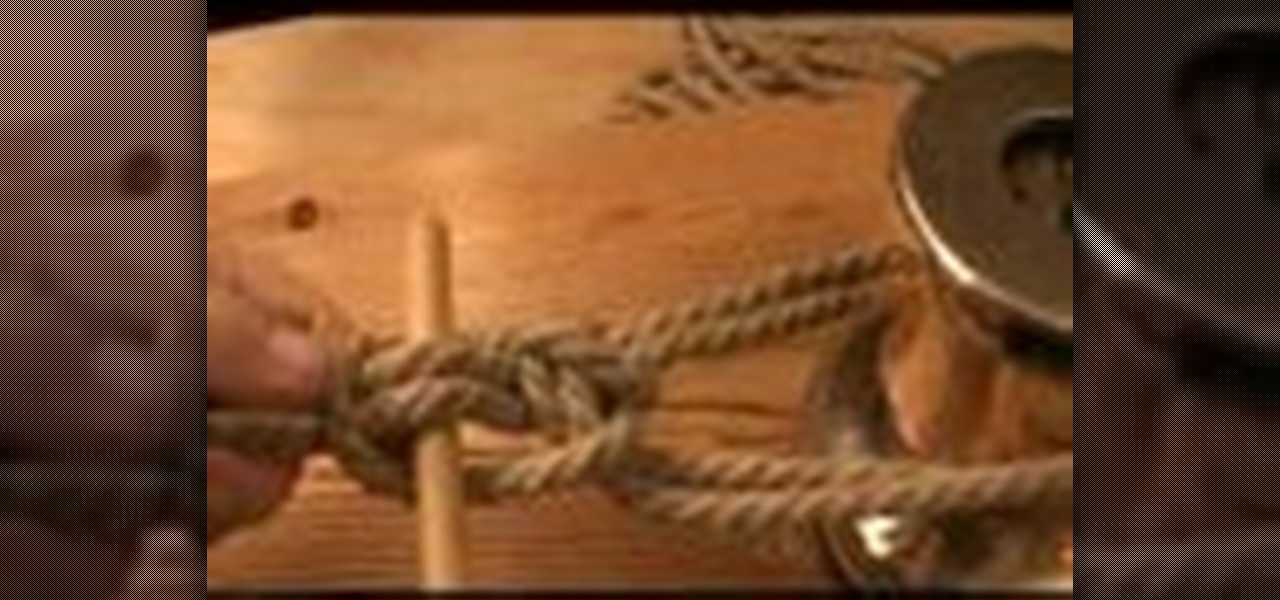
How To: Tie a pegged slip knot
The pegged slip knot or noose, demonstrated in this how-to video, is similar to the bowline but by placing the peg loosely on the standing part the knot can be adjusted. It's a great knot for releasing quickly. Watch this video knot-tying tutorial and learn how to tie a pegged slip knot.
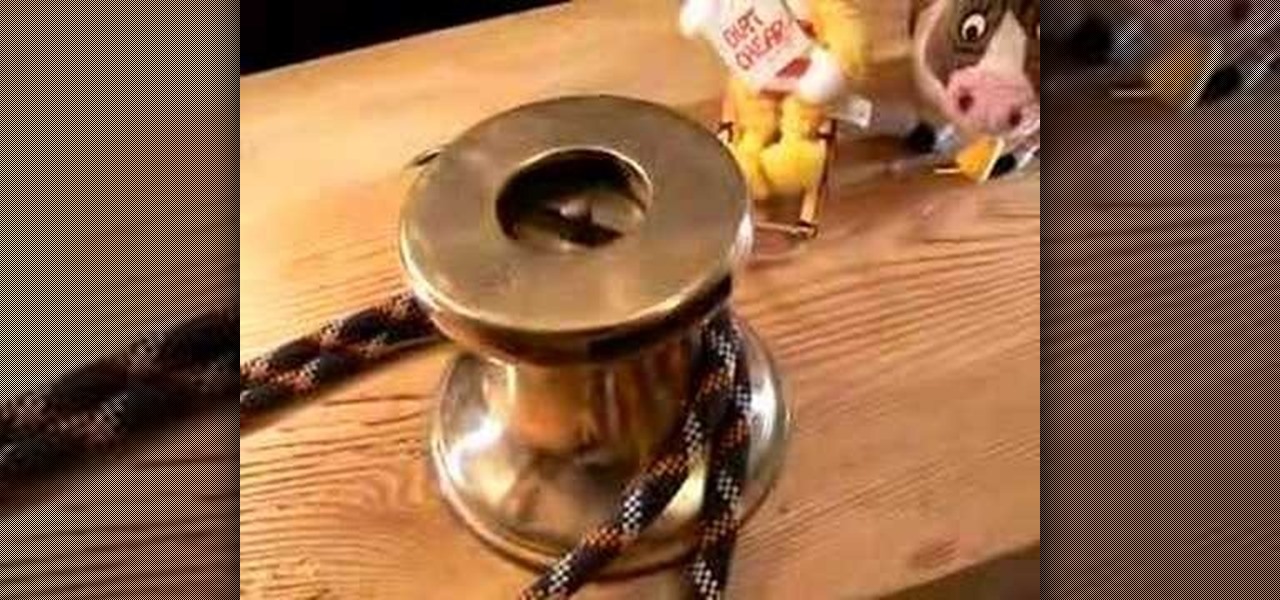
How To: Tie a Winch Pole Hitch
The pole hitch, demonstrated in this how-to video, is used on a marling spike or rack quite often but it is also a great way to tie off to a winch to bolster your mooring. The Winch Pole Hitch can be tied in the bight, meaning that neither end of the rope needs to be accessed in order to be tied, making it idea for tying up animals. Watch this video knot-tying tutorial and learn how to tie a Winch Pole Hitch.
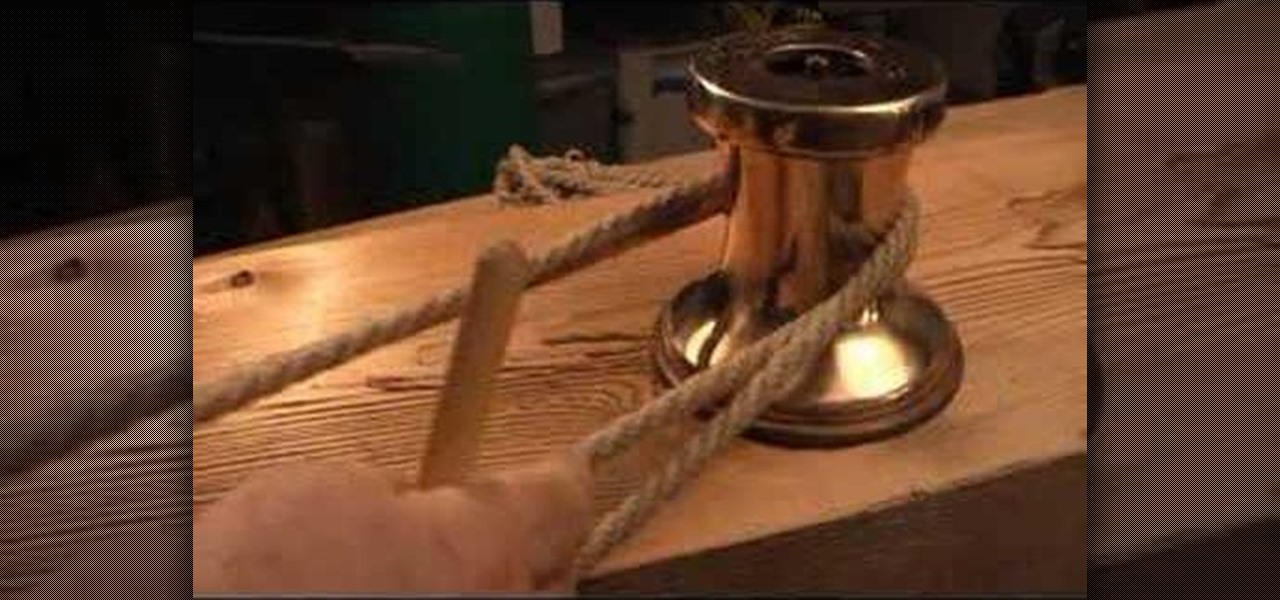
How To: Tie a pegged bowline knot
The pegged bowline, as demonstrated in this how-to video, is similar to a bowline on a bighte knot. Using pegs to construct knots is well documented. Simply tie the bowline as usual in the bight of the rope then peg the running end to the standing part. Watch this video knot-tying tutorial and learn how to tied a pegged bowline knot.
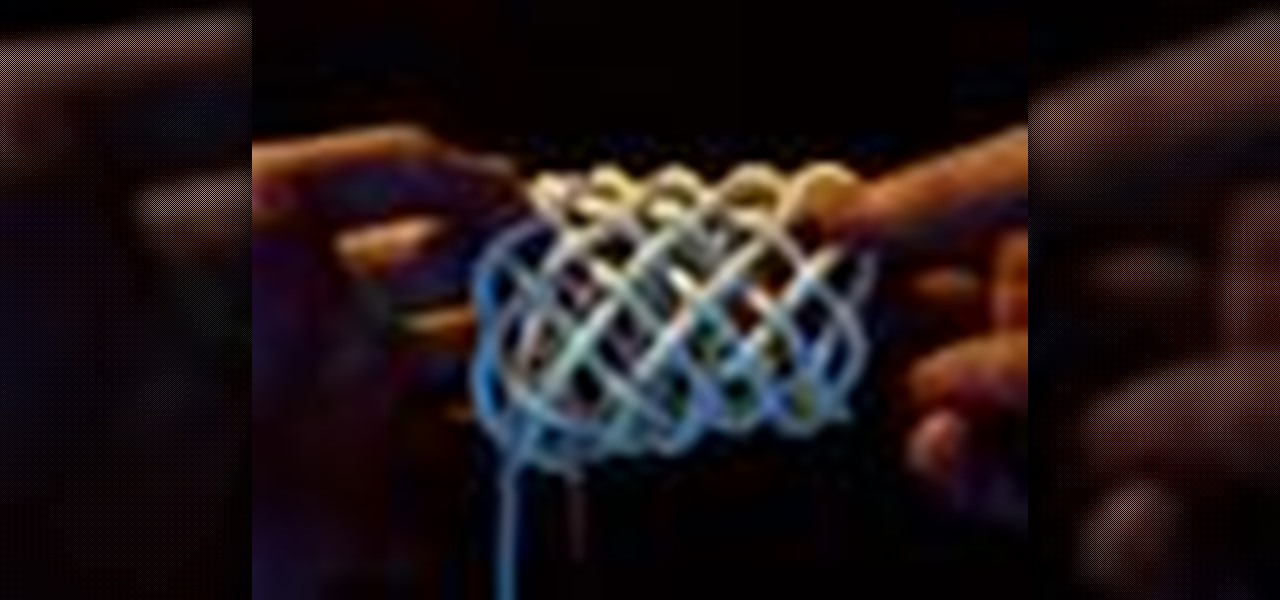
How To: Tie the 11x7 turks head knot
Learn how to tie the 11x7 Turks Head knot with this knot tying instructional video. Here are the knot tying directions:

How To: Tie a Mexican braid
The Mexican braid isn't so much a knot as it is a stitch. This how-to video demonstrates an easy way to join two separate strands, as long as you have a needle. Watch this video knot-tying tutorial and learn how to make a Mexican braid.
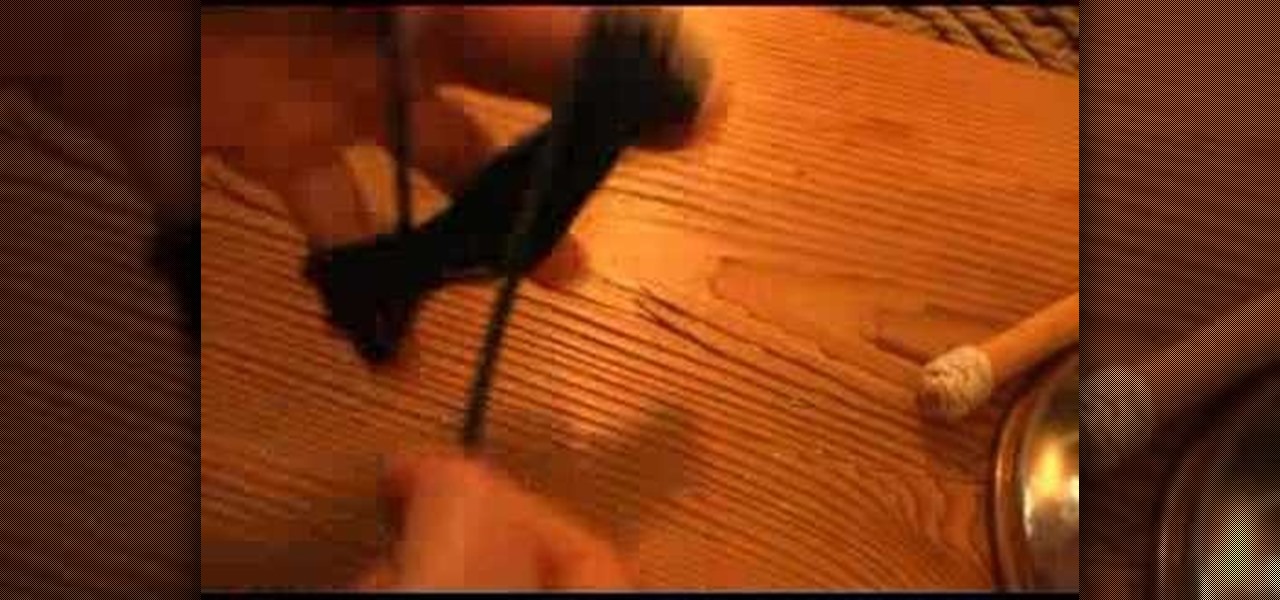
How To: Tie a paracord bundle
The method of rope handling demonstrated in this how-to video came from the Japanese. Pirates during the warring states period used such bundles to secure prisoners among other shipboard duties and the bundle stays alive today in hojujitsu. A few fathoms of paracord in a pocket and a handier tool aboard a boat would be hard to find. Watch this video knot-tying tutorial and learn how to tie a paracord bundle.
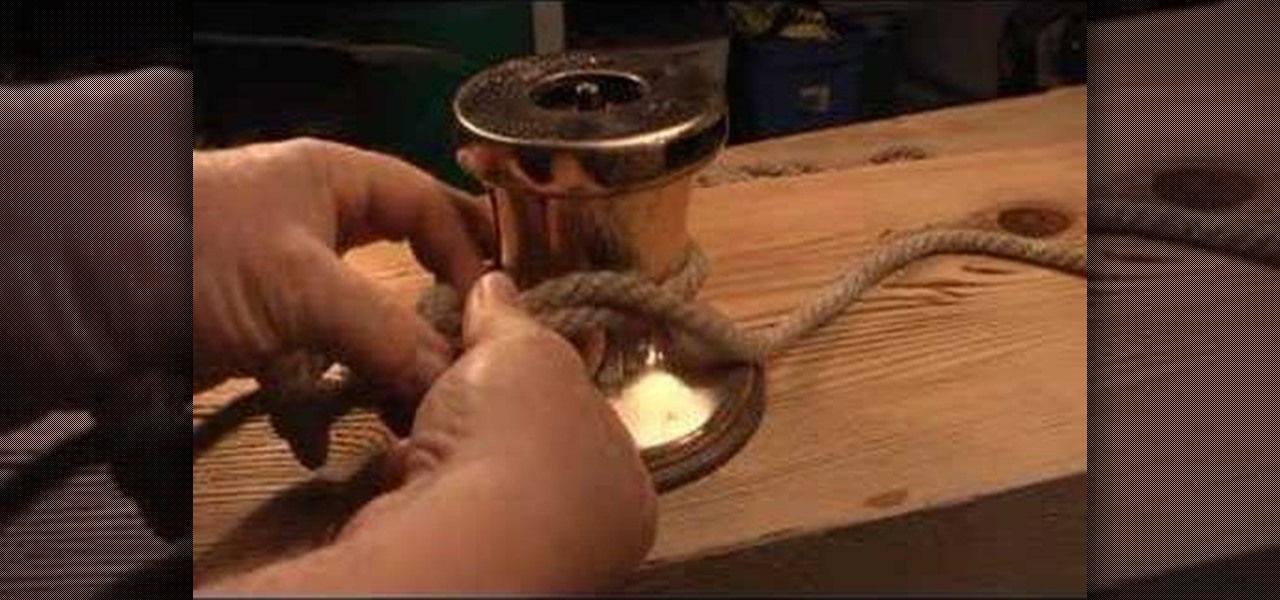
How To: Tie an adjustable bowline knot
This how-to video demonstrates a way of tying a bowline to adjust the snugness of the bowline on your winch or whatever you have tied it to. Tie the bowline as usual. Pull the top of the eye and the bottom of the turn apart then pull on both of the strands exiting the loop to capsize the knot. Then snug it up and reset it. Watch this video knot-tying tutorial and learn how to tie an adjustable bowline knot.

How To: Tie knots to hang an easy hammock
This how-to video demonstrates the easiest way to make a hammock. Simple, easy and safe, with no sewing required, make a hammock anytime in a pinch. All you need is fabric, rope, and the knot-tying skills from this instructional video. Watch this video tutorial and learn how to make an easy hammock.
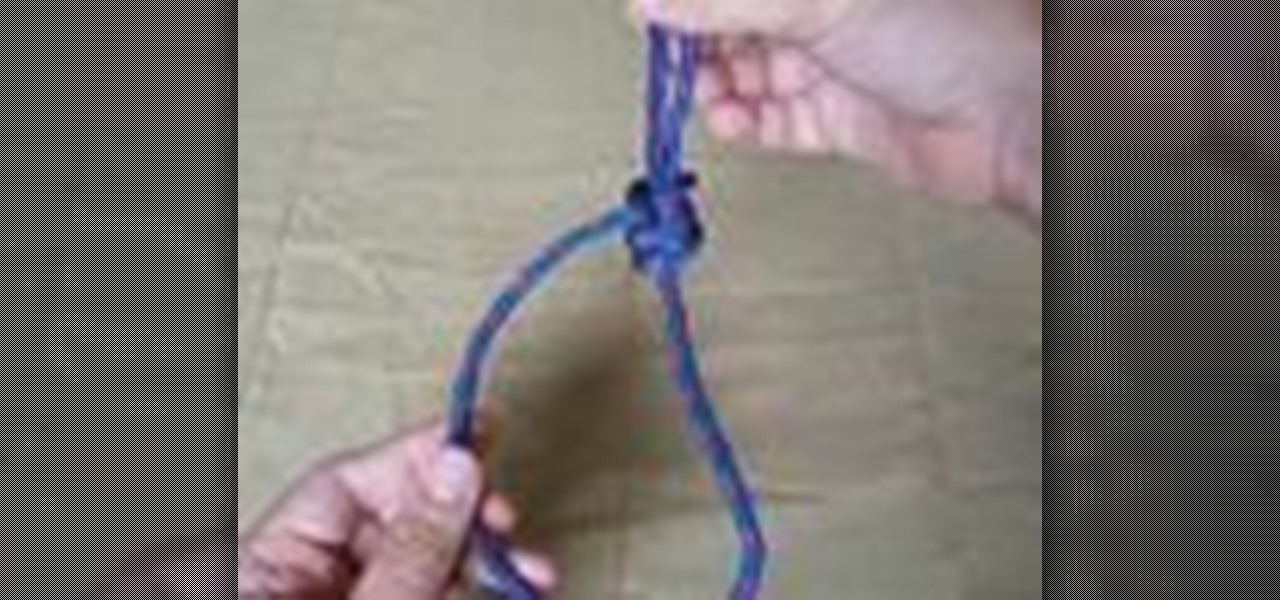
How To: Tie a variation of the double bowline knot
The Double Bowline has the same strength as a figure eight knot but is simpler to tie. This variation of the double bowline knot differs from the original in that the end of the rope doubles back to go the same direction as the length, instead of hanging down into the loop. Watch this video knot-tying tutorial and learn how to tie a variation of the double bowline knot.

How To: Tie a double bowline knot
The Double Bowline has the same strength as a figure eight knot but is simpler to tie. As the rope wraps around twice, the double bowline knot is more secure than a regular bowline knot. Watch this video knot-tying tutorial and learn how to tie a double bowline knot.

How To: Tie a clove hitch on a carabiner
As the clove hitch knot is adjustable and slipper, it can be useful attached to a carabiner, allowing the load to move fluidly up and down the rope. However, the clove hitch is not particularly useful or advisable as a securing knot. Watch this video survival training tutorial and learn how to tie a clove hitch knot on a carabiner.

How To: Tie various knots like the reef, sheet bend, & bowline
This how-to video shows in close-up detail how to tie some common scouting knots. This video is an ideal teaching aid for kids from 8 to 80. Watch this video knot-tying tutorial and learn how to tie the reef, sheet bend, and bowline knot.

How To: Tie a quick clove hitch knot
While the clove hitch is not a particularly secure knot, it's useful in situations when the knot requires a little bit of give. The steps to tying this knot are demonstrated in this how-to video, and are shown at a fast pace so you can see how quick and easy it is to do. Watch this video knot-tying tutorial and learn how to tie a clove hitch knot quickly.
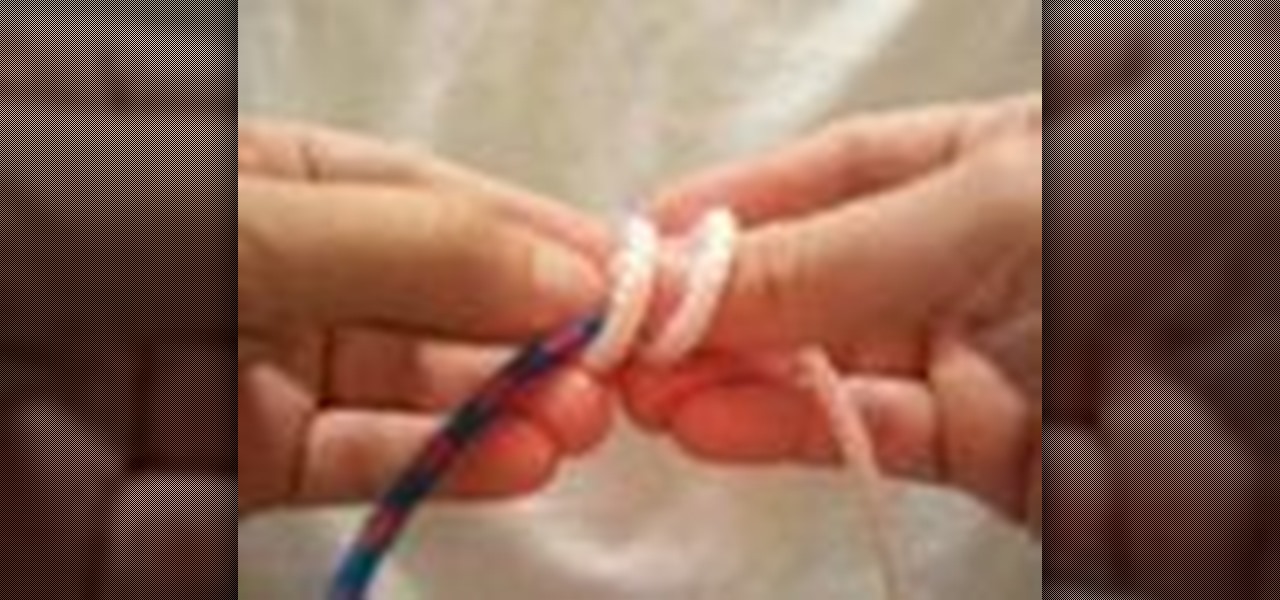
How To: Tie a double fisherman's knot or double overhand knot
The double fishermen's knot, as demonstrated in this how-to video, is a safe knot to secure to separate lengths of rope together, forming high-strength loops of cord. This makes it useful in rock-climbing and in search and rescue, especially as a backup for other knots. Check out this video survival training tutorial and learn how to tie a double fisherman's knot or double overhand knot.
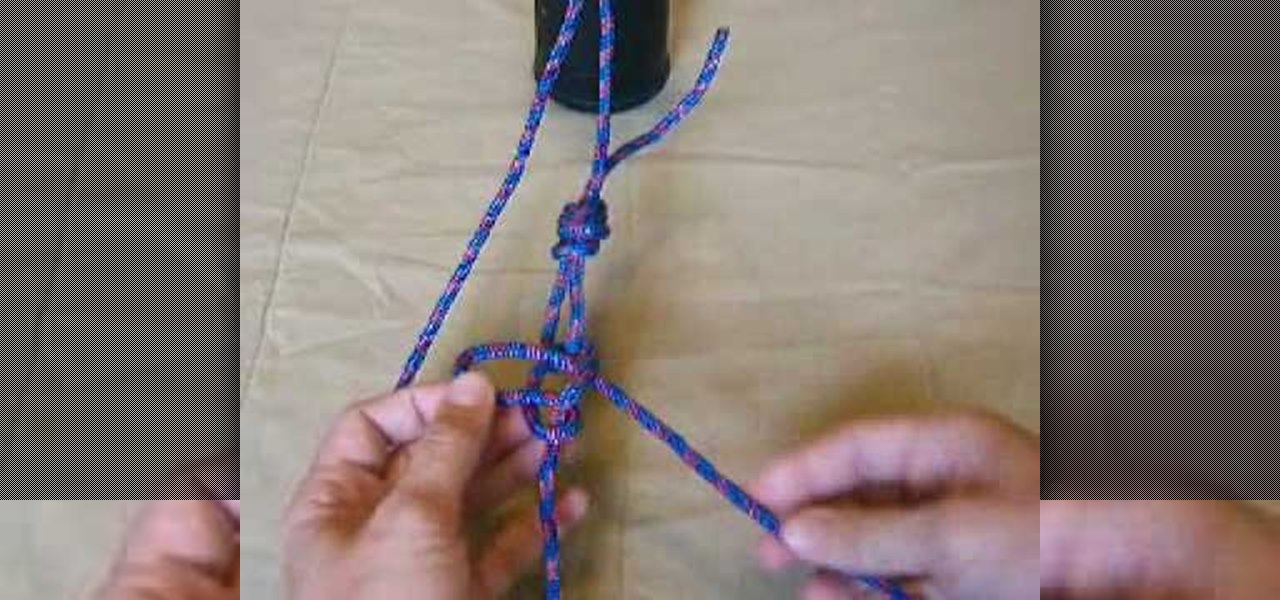
How To: Tie hammock hanging knots
The knots demonstrated in this how-to video are a good way to hang a hammock, because it makes it so easy to adjust your hanging height. The whipping knot around the tree will not slip if tied correctly. Make sure to tie the second half hitch or the knot may slip and come loose. As with all knots, use your own discretion and be safe. Watch this video survival training tutorial and learn how to tie some sturdy knots useful for hammock-hanging.
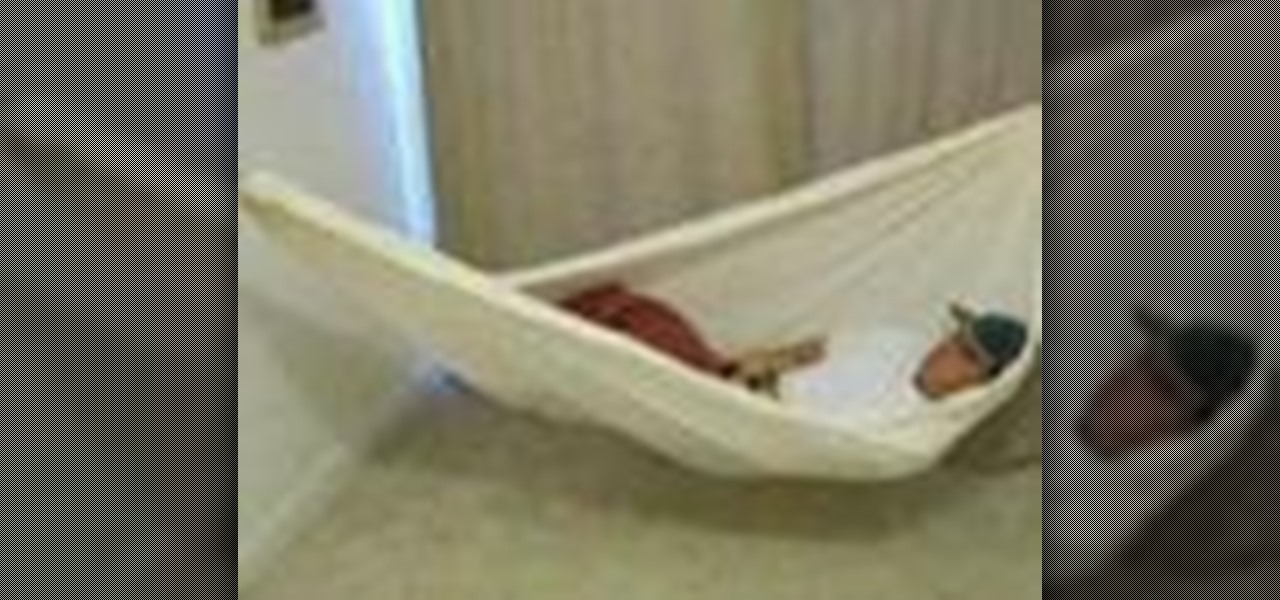
How To: Sleep comfrotably in a hammock
Can you sleep in a hammock every night instead of a bed? Millions of people around the world do. It is so much cheaper than a traditional bed/box-spring setup. Lighter too! Would you rather move a bed, box-spring, frame etc, or just a sheet with 2 carabiners, 2 Eye Bolts (Lag Threaded), and 2 bits of rope? Watch this video survival training tutorial and learn how to sleep comfortably in a hammock.
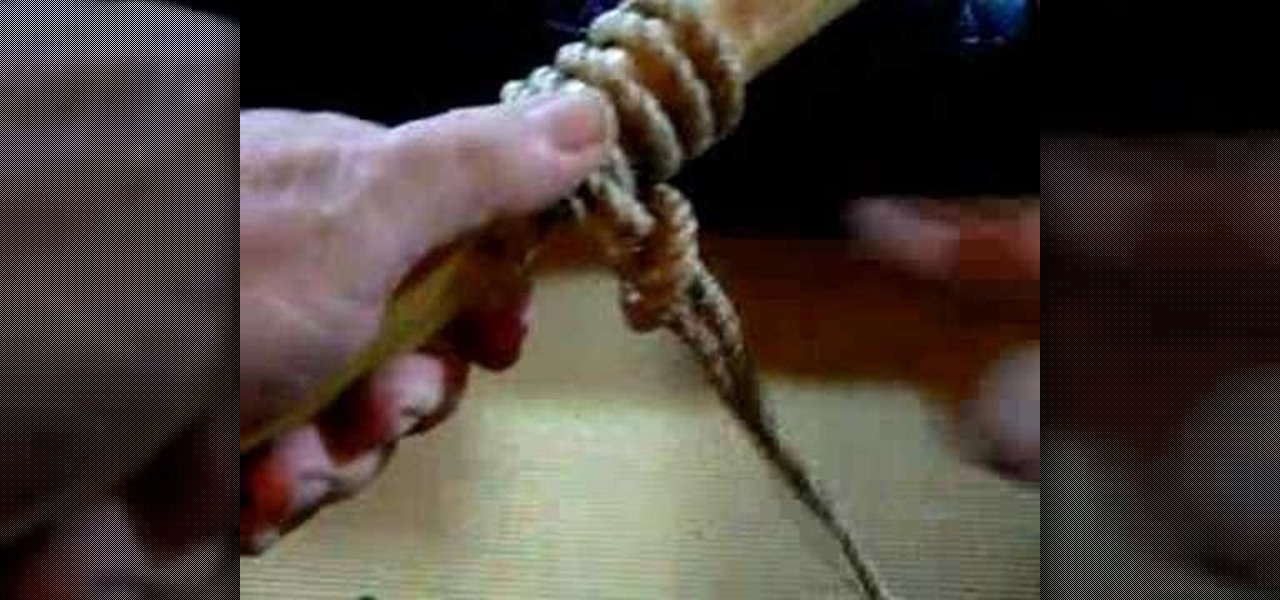
How To: Tie a pole hitch
This high load pole hitch, as demonstrated in this how-to video, is useful when a skyhook is needed. Very useful when lifting an outboard motor over the transom. Tying this same knot in the bight is a useful option since it gives a tensioning loop. Watch this video knot-tying tutorial and learn how to tie a pole hitch.

How To: Tie a clove hitch knot
The clove hitch knot is not a particularly good knot for binding, but can be quite useful as a crossing knot, or a knot at the intersection of topes where both ends of the active rope are loaded. The clove hitch works best in situations where the knot needs a little bit of give and is adjustable. Watch this video survival training tutorial and learn how to tie a clove hitch knot.

How To: Tie a bowline backup knot
The bowline knot can be furthered strengthened by tying an additional backup knot. As knot-tying reduces the strength of the line, it's advisable to back up knots if the rope will be enduring some weight. Watch this video survival training tutorial and learn how to tie a bowline backup knot.
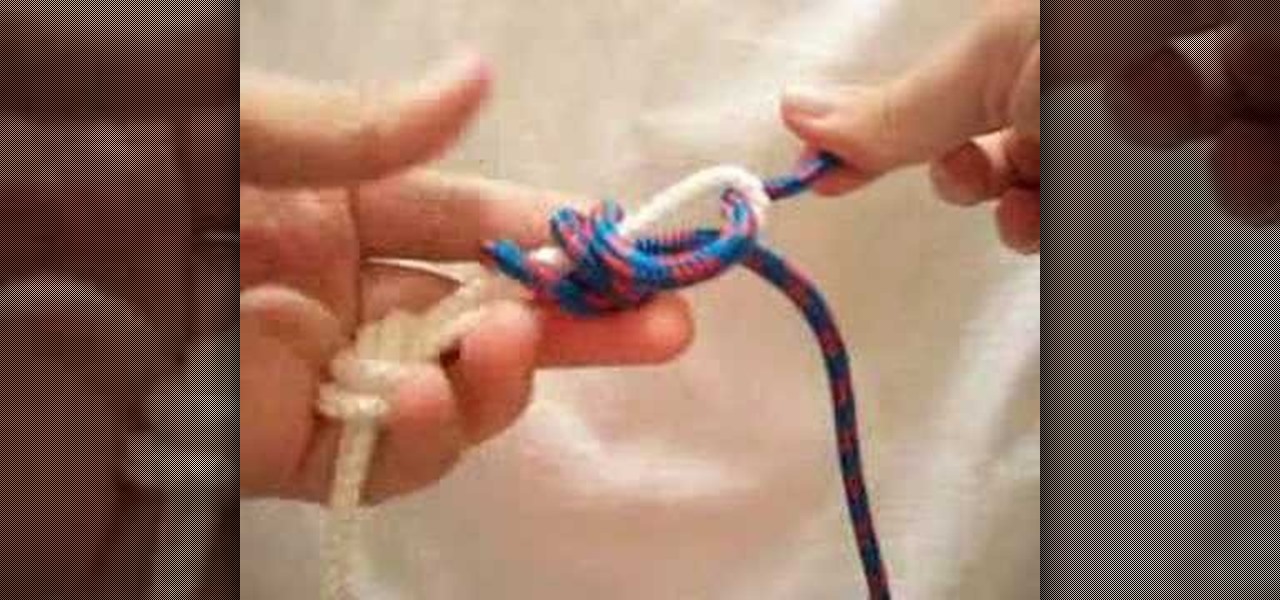
How To: Tie an Albright knot variation
The Albright Knot, demonstrated in this how-to video, was developed for fishing, but as it was created to tie together to diameters of rope or line, can be useful for many different reasons to tie knots. The Albright knot is relatively strong, so it's good to be able to tie this knot in various emergency situations. Check out this video survival training tutorial and learn how to tie an Albright knot variation.
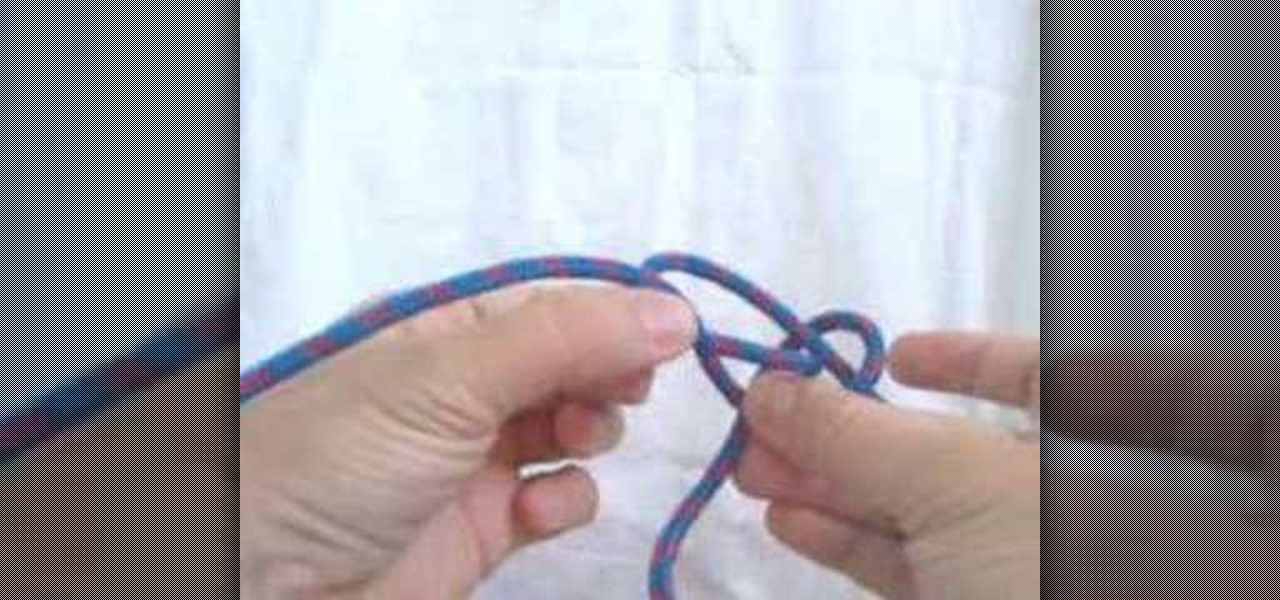
How To: Tie a Bowline Knot
The bowline knot has a long history in sailing. The bowline, or bow line, knot was used to secure the sail in position toward the back of the ship, allowing the sail to capture the wind. Contemporarily, the bowline knot is used anytime a strong, looped knot is required. Watch this video survival training tutorial and learn how to tie a bowline knot.
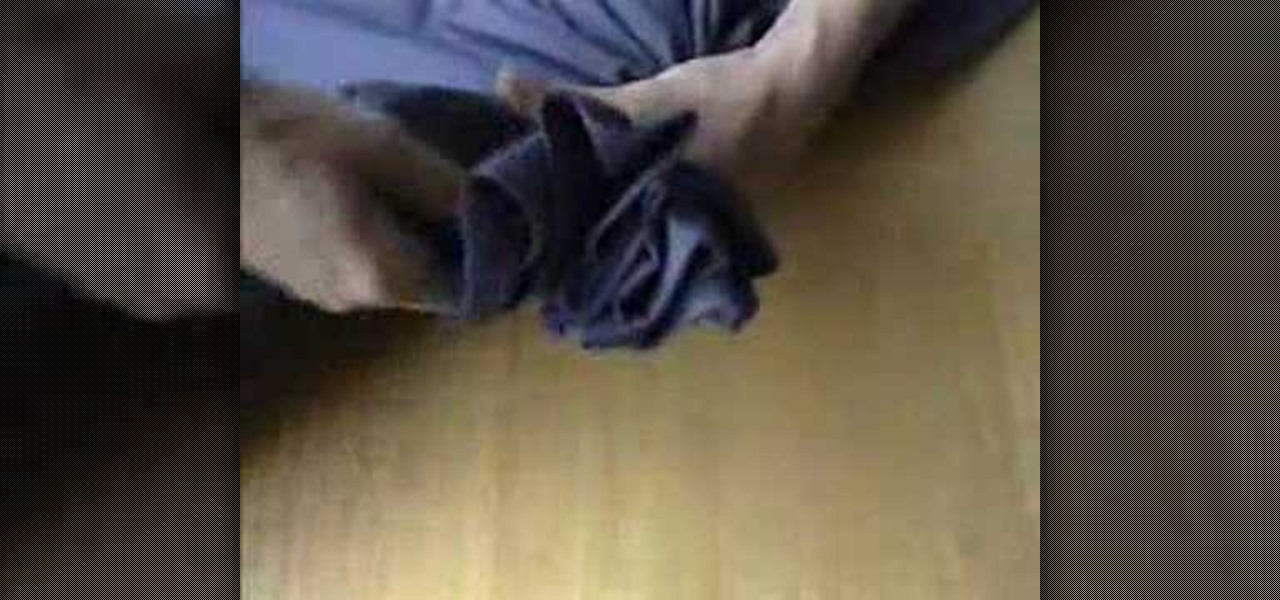
How To: Make a hammock without sewing
No place to sleep tonight? In a pinch, a little bit of rope and some fabric can be transformed into a hammock bed. This is a great skill for camping, emergency situations, or even communal living. Make sure to use a sturdy enough cloth, and replicate these same knots so that the hammock will support the weight. Check out this video survival training tutorial and learn how to make an emergency hammock without sewing.

How To: Tie a bowline knot
This how-two knot-tying video has been created by Paul Collingridge of Guildford College. It is used as an instructional video for tree surgery students. Bowline knots are useful for boating, rock-climbing, and any time a relatively strong looped end is needed. Check out this video survival-training tutorial and learn how to tie a bowline knot.

How To: Tie a Slip Clove Hitch Knot
The slip clove hitch is very similar to the clove hitch knot, except that it's easier to untie. This is the knot used by cowboys to tie up their horses. Follow along with this video survival training tutorial and learn how to tie a slip clove hitch knot.
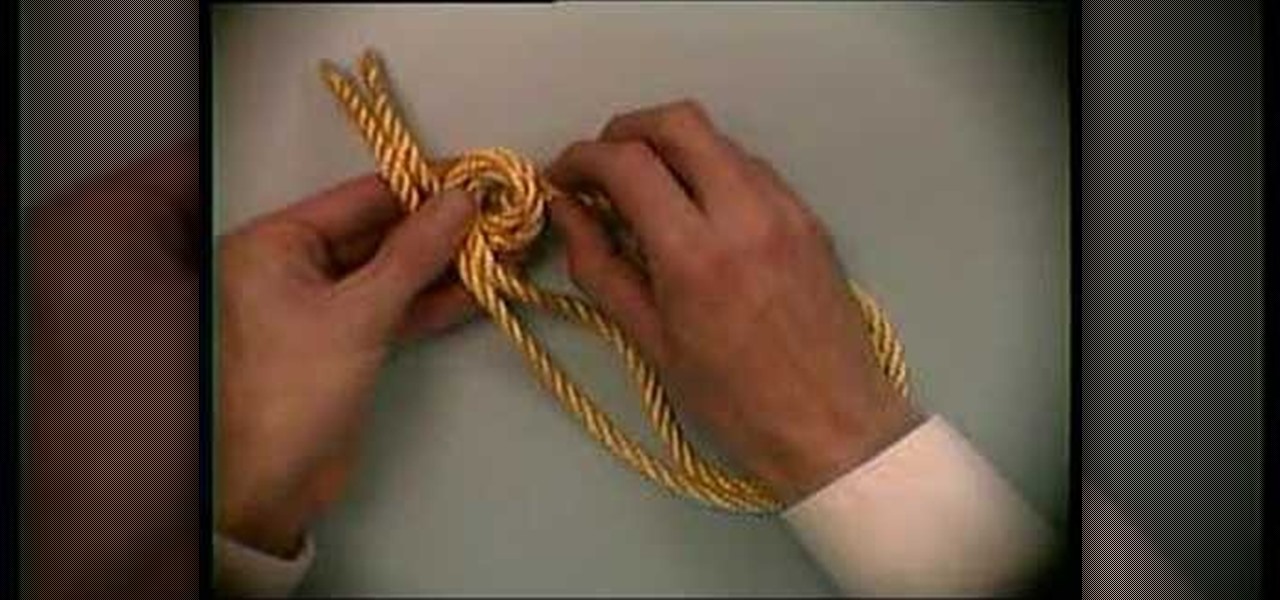
How To: Tie a bowline knot on a bighte knot
The bowline on a bighte knot is very similar to a French bowline knot. The bowline on a bighte knot is often used over the side of a ship, or in rescue work. Follow along with this video survival training tutorial and learn how to tie a bowline on a bighte knot.



